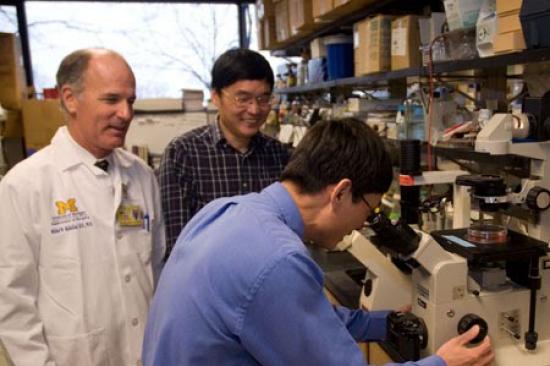Our work has elucidated the relationship between the gastric fuel-sensing protein mammalian target of rapamycin (mTOR) and ghrelin, the so-called "hunger hormone," as well as the ways in which ghrelin and the hormone nesfatin-1 work together to regulate energy balance.
Through further work on mTOR and the ghrelin- nesfatin-1 balance, we have shown that these hormones, controlled by mTOR signaling, regulate how lipids are metabolized and stored in the liver. The findings are of particular interest with respect to potential new therapeutic approaches to treating nonalcoholic fatty liver disease.
More recently, we have shown for the first time how a system that regulates two key hypothalamic hormones — proopiomelanocortin (POMC) and neuropeptide Y — works to control energy balance over time. The system is comprised of leucine-rich repeat-containing and G-protein-coupled receptor 4 (LGR4) and its ligand, R-spondin 1.





